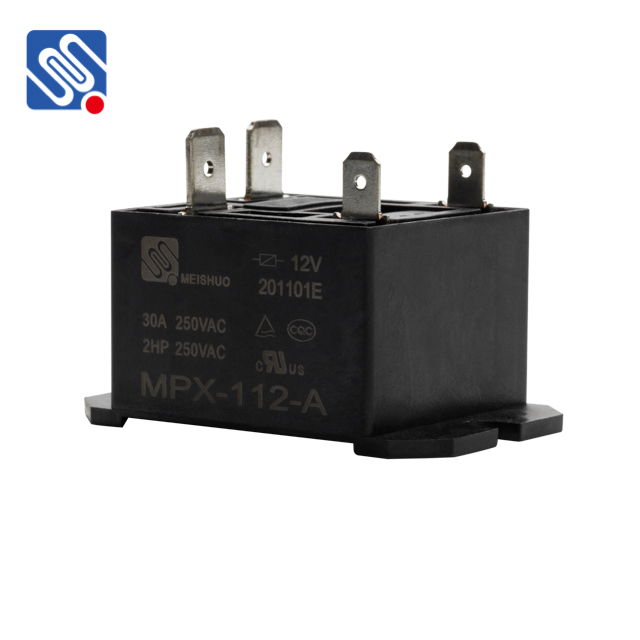Power relays are crucial components in electrical control systems, playing a vital role in switching high-power electrical circuits with low-power control signals. Their versatility and reliability make them indispensable in numerous industries, ranging from home appliances to industrial automation. In this article, we will explore the working principles of power relays, their applications, types, and their significance in modern electrical systems.

What is a Power Relay? A power relay is an electrically operated switch designed to control high-power circuits using a low-power input signal. Essentially, it functions as a remote switch, enabling operators or automated systems to manage electrical devices and machinery without directly handling high voltage or current. The basic design of a power relay consists of an electromagnet, an armature, and contacts that open and close depending on the electromagnet’s activation. Working Principle of Power Relays Power relays operate based on the principles of electromagnetism. When current flows through the coil of the relay, it creates a magnetic field. This field attracts a movable armature, which then triggers the relay’s switch to change the state of its contacts. The relay’s contacts can either open or close, depending on the type of relay, thereby allowing or cutting off the flow of current in the high-power circuit.